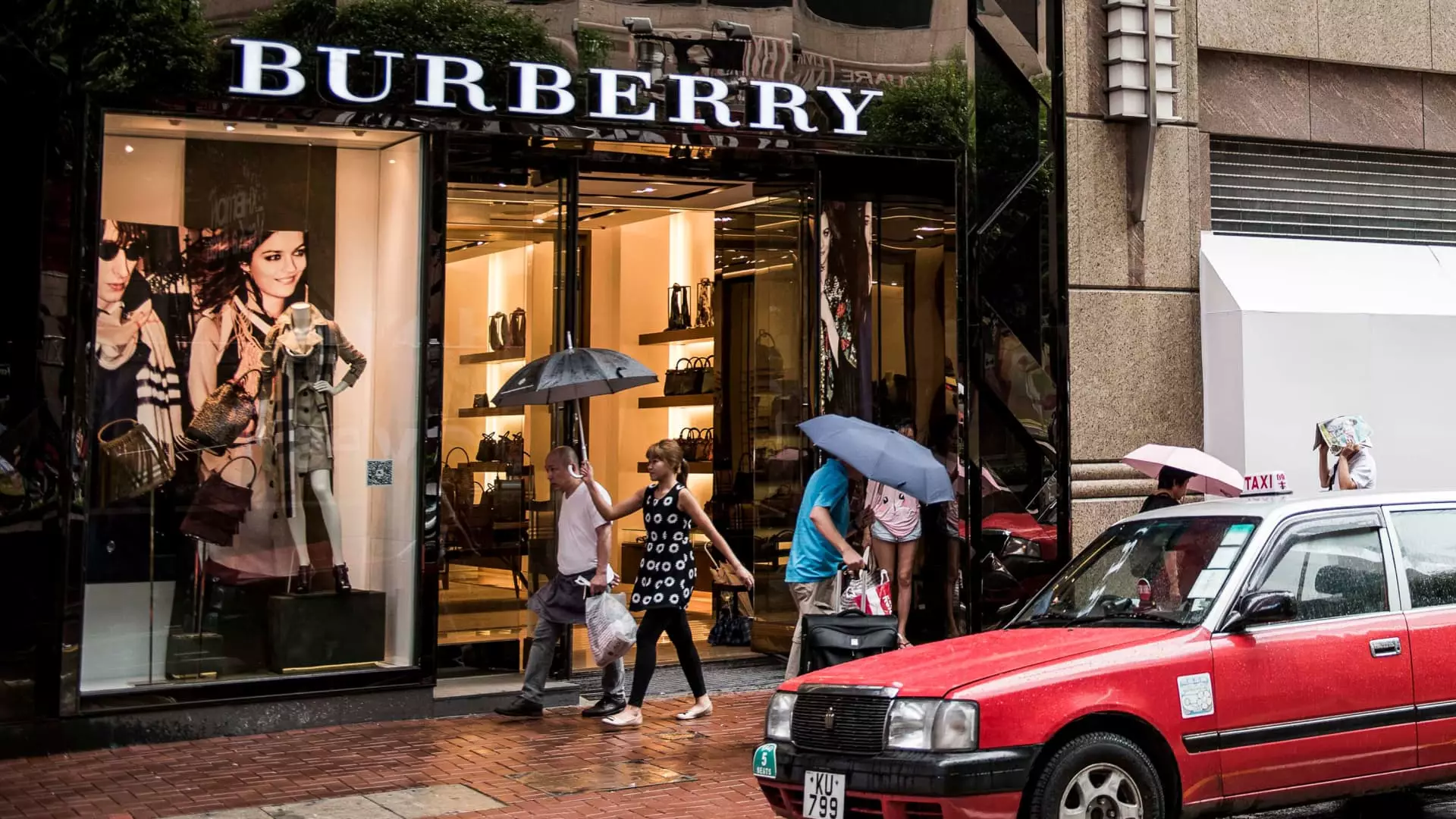Burberry, a renowned luxury brand with a history spanning over 100 years, faced a significant setback recently. The company witnessed a sharp decline in its stock value, dropping by more than 15% in a single day of trading. This decline was attributed to a disappointing first-quarter performance, leading the company to issue a profit warning. As a result, Burberry also announced the replacement of its CEO and the suspension of its dividend.
Management Changes and Financial Implications
The 168-year-old British luxury giant made a bold move by appointing Joshua Schulman, a seasoned executive with experience at Michael Kors and Coach, as its new CEO. This decision came after Jonathan Akeroyd stepped down from his position with immediate effect. The company’s decision to suspend its dividend payments for the fiscal year further highlighted the severity of its financial situation.
Burberry reported a sharp decline in comparable store sales, with a 21% decrease in retail revenue during the period. The company saw sales drop in all major regions, including Europe, Asia Pacific, and the Americas. Analysts expressed concern over the company’s performance, citing the worsening results compared to previous guidance. The market responded to these developments by pushing the stock price down further.
Challenges Faced by the Company
Burberry has been grappling with a challenging economic environment, with dwindling luxury demand across key markets. The company cited macroeconomic uncertainty as a significant factor impacting its sales. Additionally, the cost-of-living crisis in Europe and the U.S., along with economic concerns in Asia, have further exacerbated the situation. These challenges have led Burberry to rethink its strategy and focus on reconnecting with its core customer base.
In response to the current market conditions, Burberry outlined several strategic initiatives to address its performance issues. The company plans to focus on diversifying its product offerings to include more everyday luxury items. It also aims to refine its brand communications, refresh its website, and implement cost-saving measures. By taking these steps, Burberry hopes to strengthen its competitive position, drive long-term growth, and regain market share.
Conclusion: A Road to Recovery
Burberry’s recent setbacks have highlighted the challenges faced by luxury brands in a rapidly changing market environment. By making significant management changes, suspending dividends, and implementing strategic initiatives, the company is taking proactive steps to address its performance issues. While the road to recovery may be challenging, Burberry’s long-standing reputation and brand heritage may provide a solid foundation for future growth and success.

